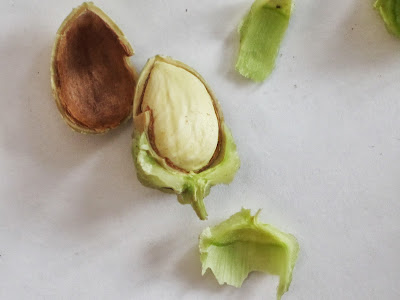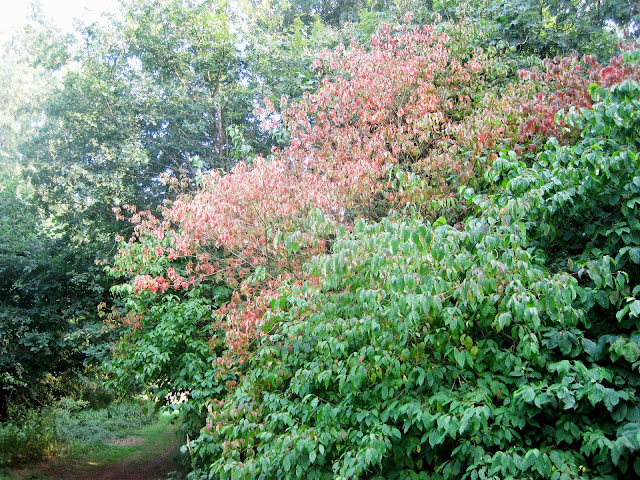A day's work at Filnore Woods, in preparation for the new toolshed. Here are Steve, Guy, Allan, Stella, Brian and Alan with a smoky bonfire behind them.
We had been clearing away brambles and two small trees to make way for the delivery of our shipping container. This is to be a toolshed for the Friends of Filnore Woods. We have just had our South Gloucestershire Environment Grant approved and this will allow us to buy the shed and have the track improved to prevent swamp conditions in winter.
Something that intrigues me is why we have so many readers from other countries. Last week for example the top ten countries visiting our blog were USA (2469 hits), France (655), Germany (201), Poland (168), UK (only 140), Indonesia (124), Spain (116), Russia (95), Thailand (52), Taiwan (22). We also have visits from China, Lithuania, Latvia, Brazil, Uzbekistan, Bosnia and Herzegovina.
Are you visiting regularly or do you just happen on the blog by chance and move on quickly?
If you can make the comment thingy work
perhaps you could tell me
or email filnorefriends@gmail.com.
Are you visiting regularly or do you just happen on the blog by chance and move on quickly?
If you can make the comment thingy work
perhaps you could tell me
or email filnorefriends@gmail.com.








































